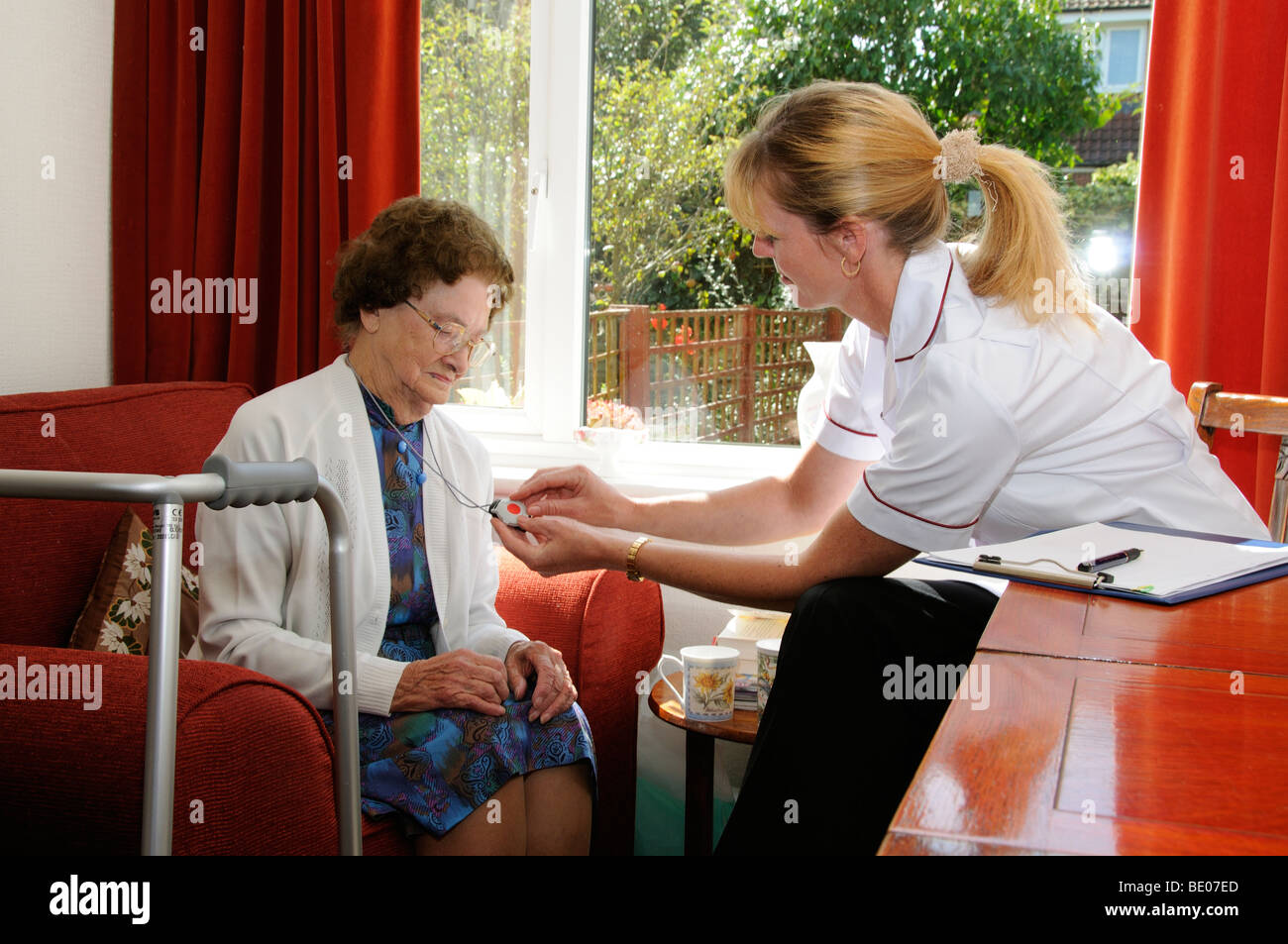
You can wear portable help buttons as a pendant necklace or on your wrist like a watch. Make sure your base unit has a built-in battery backup that allows it to operate in the event of a power outage. Emergency responders might also use it to let the response center know that help is on-site. On others, pressing it silences the beeping alarm but won't cancel the call, which means you still have to speak to an agent to tell them that everything is OK.

On some systems, pressing the reset button completely cancels the call to the response center. Other common features are a speaker and an embedded microphone for two-way hands-free communication, an LED status indicator, and a reset button.

They likely have an obvious help or emergency button. They will verify your name and make sure everything is OK.īase units look somewhat like a speakerphone and actually pulls double duty as one, but its main purpose is to connect you to a live emergency response agent without requiring you to pick up a phone. When you reach an agent, simply tell them that you are conducting a test. It's a good idea (and something providers encourage) to run a test by pressing the help button on the base unit to make sure everything works.

Plug in the power cord and wait a few seconds while the system starts up, and when the LED indicator turns green, you are good to go.
#Best panic alarm for elderly install
They are incredibly easy to install simply plug the unit into your phone jack and plug your phone into the secondary jack on the unit. What Equipment Do Medical Alert Systems Require?Īs mentioned, the most basic medical alert systems use a landline telephone connection and consist of a base unit and a portable help button.


 0 kommentar(er)
0 kommentar(er)
